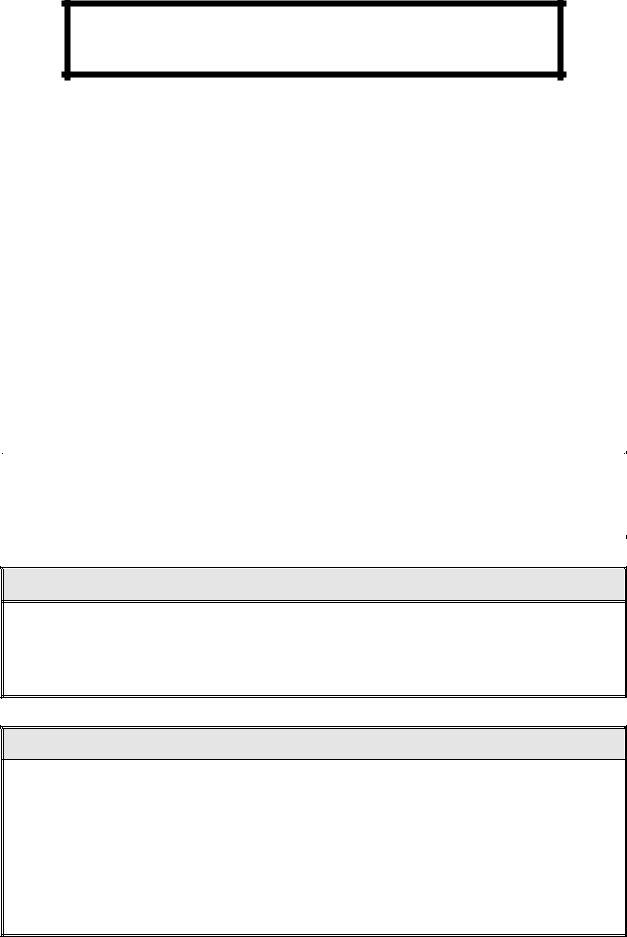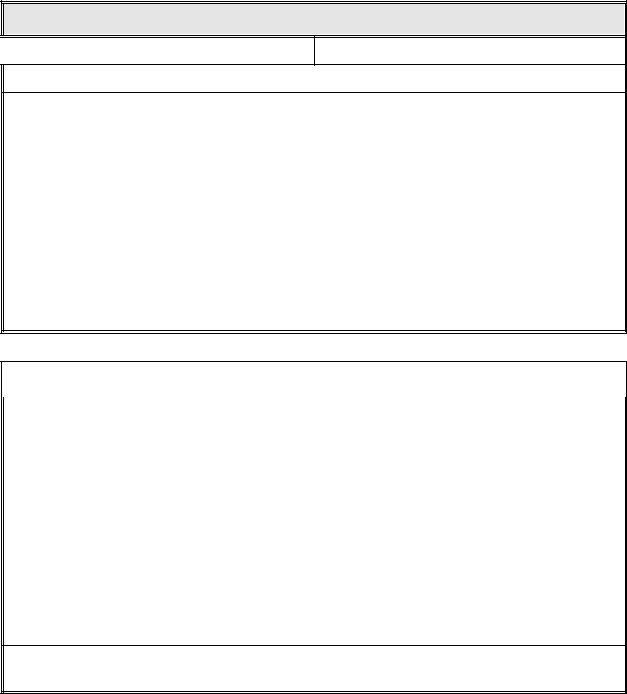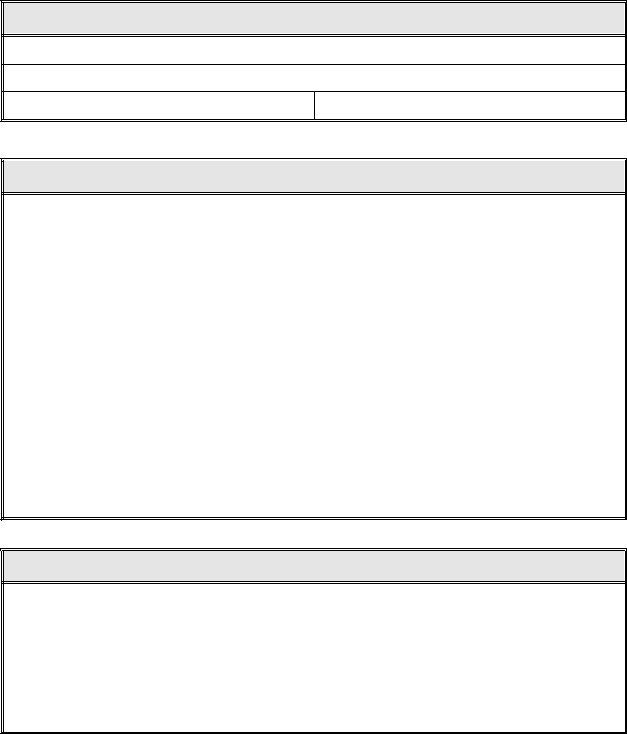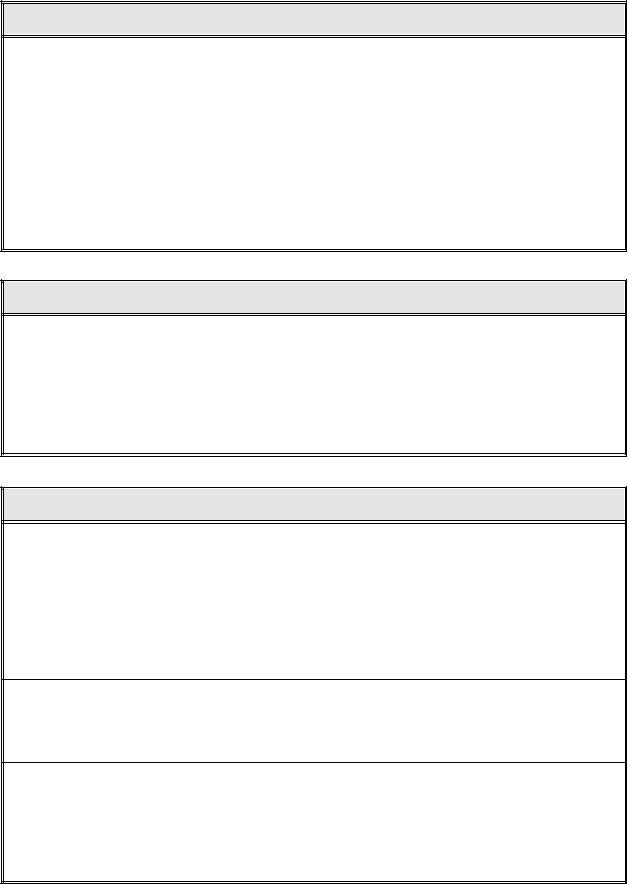The Police Misconduct Report form serves as a critical document intended to meticulously capture all details related to an incident of alleged police misconduct. Designed with the forethought of litigation in mind, it is prefaced with an instruction emphasizing its confidential and privileged nature, underscoring the importance of truthfulness and the significance of accurate, reliable reporting. The form is structured to gather comprehensive information about the individuals involved, including the person reporting, the officer(s), and any victims or witnesses. Starting with basic personal information and extending to detailed accounts of the incident's circumstances, actions taken by both the police and the individuals involved, and the presence of media witnesses, it strives to leave no stone unturned. The form insists on the precision of details concerning the location, time, and sequence of events, encouraging the reporter to revisit the scene if necessary to ensure exactness. Additionally, it covers the commands issued by officers, the responses of those involved, and any use of force, aiming to compile a thorough record that can withstand scrutiny in potential legal proceedings. An emphasis on the distinction between observation and conjecture is a recurring theme, with the form explicitly advising against speculation to maintain the integrity of the report.
| Question | Answer |
|---|---|
| Form Name | Police Misconduct Report Form |
| Form Length | 8 pages |
| Fillable? | No |
| Fillable fields | 0 |
| Avg. time to fill out | 2 min |
| Other names | police report fillable form, fillable police reports, victim-3, blank |

Privileged and confidential
POLICE MISCONDUCT REPORT
submitted to attorney _________________in anticipation of litigation
If you don't know the answers to some of the following questions, leave the box blank. It's okay if you didn't see every single thing.
Don't guess! Even one false answer can ruin your whole report, because people assume that if one answer is wrong, then none of your answers are trustworthy.
If a question concerns locations or distance, go back to the scene and check.
|
|
|
|
ABOUT YOU |
|
|
|
|
|
|
|
Today's date: |
|
|
Name: |
|
Email: |
Address: |
|
|
Phone numbers: |
|
|
|
|
|
|
|
|
|
ABOUT THE INCIDENT |
|
|
|
|
|
|
|
Date of incident: |
|
|
Time incident began: |
|
Time incident ended: |
Exact location of incident: |
|
|
|
|
|
ABOUT MEDIA WITNESSES
If there were reporters, photographers or videographers present, give names, descriptions, phone numbers, emails, and media organization.
ABOUT OTHER WITNESSES
Description, name, address, email and phone numbers:

Privileged and Confidential
If the incident involved more than one police officer or victim, use additional copies of this page. For example, if there were two officers, you would need one extra copy of this page. If there are more than one victim or officer, and you don't know their names, call them
ABOUT THE VICTIM
Name:
Address:
Email:
Phone numbers:
Gender: |
Age: |
Race: |
Complexion: |
Height: |
Weight: |
Hair (color, type, style): |
Facial hair: |
Glasses: |
Voice (high/low, accent): |
Marks, scars, tattoos: |
Disabilities: |
Clothing: |
|
|
ABOUT THE OFFICER |
|
|
|
|
||
|
|
|
|
|
|
|
|
Name: |
|
|
|
Organization: |
|
|
|
Badge number: |
|
Rank: |
|
Gender: |
|
Age: |
|
Race: |
|
Complexion: |
|
Height: |
|
Weight: |
|
Hair (color, type, style): |
|
Facial hair: |
|
Glasses: |
|
Voice (high/low, accent): |
|
Clothing/uniform, weapons: |
|
|
|
Vehicle (make, markings, license):
2

Privileged and Confidential
If the incident involved more than one police officer or victim, use additional copies of this page. For example, if there were two officers, you would need one extra copy of this page. If there are more than one victim or officer, and you don't know their names, call them
ABOUT THE VICTIM
Name:
Address:
Email:
Phone numbers:
Gender: |
Age: |
Race: |
Complexion: |
Height: |
Weight: |
Hair (color, type, style): |
Facial hair: |
Glasses: |
Voice (high/low, accent): |
Marks, scars, tattoos: |
Disabilities: |
Clothing: |
|
|
ABOUT THE OFFICER |
|
|
|
|
||
|
|
|
|
|
|
|
|
Name: |
|
|
|
Organization: |
|
|
|
Badge number: |
|
Rank: |
|
Gender: |
|
Age: |
|
Race: |
|
Complexion: |
|
Height: |
|
Weight: |
|
Hair (color, type, style): |
|
Facial hair: |
|
Glasses: |
|
Voice (high/low, accent): |
|
Clothing/uniform, weapons: |
|
|
|
Vehicle (make, markings, license):
3

Privileged and Confidential
COMMANDING OFFICER
Name:
Organization:
Badge number:
Rank:
ABOUT WHAT LED UP TO THE INCIDENT
What happened leading up to the incident? What was going on when police arrived? What did the victim do? What did the officer do? What did they say?
ABOUT OFFICIAL ORDERS
Were orders given (to disperse, to lie down, etc.)? Who issued the order and exactly what was it? Did you or others have trouble hearing the order? If so, why?
4

Privileged and Confidential
ABOUT WHAT HAPPENED DURING THE INCIDENT
What did the officer and victim say during and after the incident? Did you hear the officer use swear words or hate speech (racist, sexist or
Did the officer ask permission to search any person or place (bag, car, home)? How did the victim respond? What did the officer do then?
Did you see violence? Who was involved? What kind of violence was used (slap, punch, kick,
(continue on next page)
5

Privileged and Confidential
ABOUT WHAT HAPPENED DURING THE INCIDENT
(continue from previous page)
6

Privileged and Confidential
ABOUT PROPERTY
Was anyone's property damaged or taken away? When and how?
ABOUT WRONGFUL SEARCHES OR ARRESTS
Did the officer search the wrong person or place (car, home)? Was the wrong person arrested? Was there a warrant? What person or place was specified in the warrant?
ABOUT INJURIES TO VICTIM
What were the number and location of the victim's injuries (scrapes, bruises, cuts, sprains, broken bones, bullet wounds)? If the victim died, where and when did it happen?
Describe any ambulance or medical staff which came (name, license plate, i.d. number):
Name, address and phone numbers of anyone with photographs or videotape of the victim's injuries (during or after the incident):
7

Privileged and Confidential
ABOUT THE SCENE
Go back to the scene of the incident and draw a diagram of the area. Show where you were during the incident. Show where the victim and officer were. Put in other landmarks like: signs, parked cars, fences, benches, etc. Use arrows to show where people moved.
8